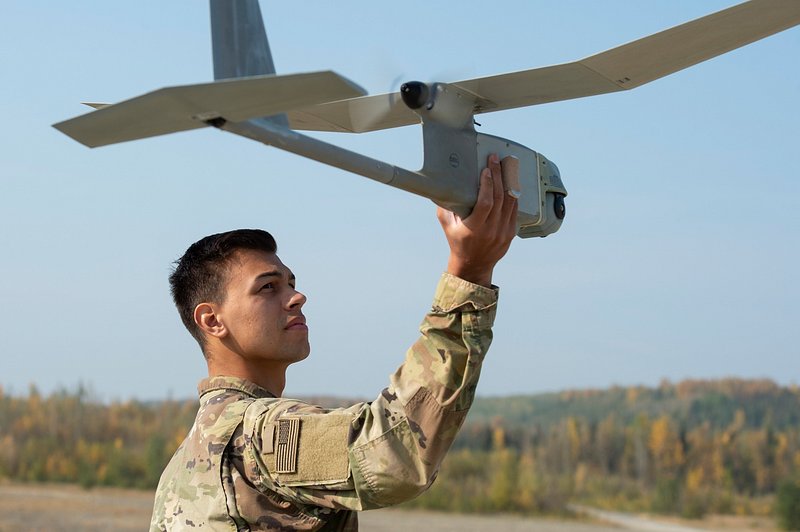Digital Battlefield: How Ukraine Transforms War Data into AI Intelligence
By Asmita - Dec 20, 2024
Ukraine pioneers military artificial intelligence with a vast data repository of battlefield drone footage amassing 2 million hours, fueling machine learning models for enhanced predictive and analytical abilities. The OCHI system centralizes feeds from over 15,000 drone crews, evolving into a critical data platform processing terabytes of new information daily, aiding in optimal targeting strategies. Beyond combat, AI is used for humanitarian efforts and investigative tasks, bolstering governance across multiple agencies. Ukraine's comprehensive data collection not only serves as a wartime strategy but also signifies a significant shift in military technology and intelligence gathering, attracting support from Western tech companies and placing the country at the forefront of AI military innovation.

rawpixel.com via Rawpixel.com
Ukraine has emerged as a pioneering force in military artificial intelligence, amassing an unprecedented two million hours (equivalent to 228 years) of battlefield drone footage since 2022. The OCHI system, developed by Oleksandr Dmitriev, centralizes video feeds from over 15,000 drone crews, creating a comprehensive digital repository that could transform military AI capabilities. Dmitriev describes this vast data collection as "food for the AI", suggesting that such extensive visual information could develop machine learning models into something "supernatural" in their predictive and analytical abilities. The system was originally created in 2022 to provide military commanders with a comprehensive battlefield overview, but quickly evolved into a critical data collection platform.
The data collection extends beyond simple video archiving, with sophisticated systems like Palantir's software processing raw intelligence from multiple sources including drones, satellites, ground reports, and advanced imaging technologies. These AI-enabled models can present military officials with optimal targeting strategies, learning and improving with each engagement. On average, five to six terabytes of new data are added daily from the fighting. Experts like Samuel Bendett emphasize that machines require extensive, high-quality visual data to learn battlefield recognition, understanding nuanced elements like terrain, obstacles, and potential ambush locations. The Ukrainian government has strategically embraced technological solutions, working with companies like Palantir to integrate AI across various governmental agencies.
Beyond combat applications, Ukraine is utilizing AI for humanitarian and investigative purposes. The technology is being deployed to help resettle refugees, track infrastructure conditions, monitor supply routes, and collect evidence of potential war crimes. The Avengers system, developed by the defense ministry, reportedly identifies 12,000 Russian equipment pieces weekly using AI identification tools. Open-source intelligence (OSINT) plays a crucial role, with AI helping to analyze large volumes of digital content, identify Russian narratives, and counter disinformation. Notably, Ukraine has maintained a human-centric approach, ensuring that AI remains a supportive tool with human operators making final decisions.
The scale and quality of data collection are crucial for AI model training. Experts like Kateryna Bondar emphasize that AI models learn to recognize targets based on shapes and colors, making the size and quality of the dataset paramount. Ukraine's approach represents more than just a wartime strategy; it potentially signals a fundamental transformation in military technology and intelligence gathering. The country has effectively turned the conflict into a testing ground for artificial intelligence, attracting support and technology from Western tech giants. AI applications extend to various military domains, including autonomous systems, situational awareness, training simulations, and damage assessment. This comprehensive approach demonstrates Ukraine's innovative use of technology in responding to military challenges, positioning the country at the forefront of AI military innovation.


